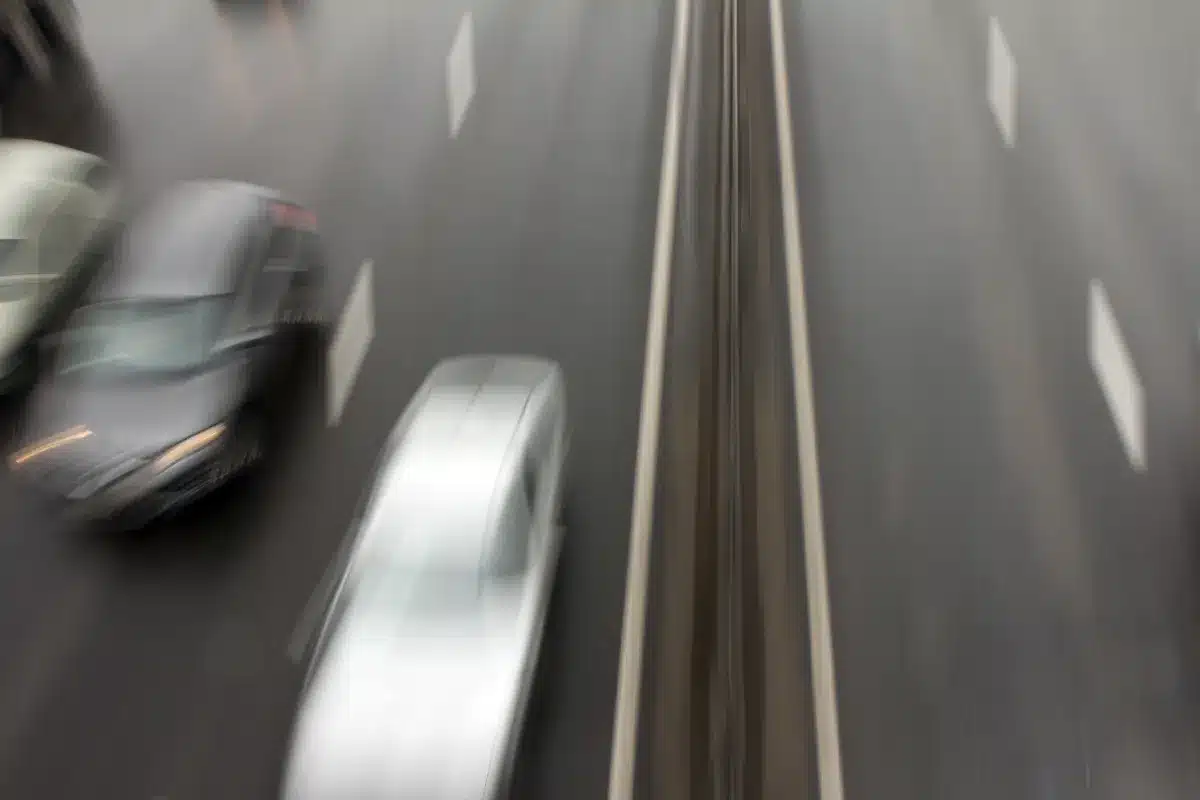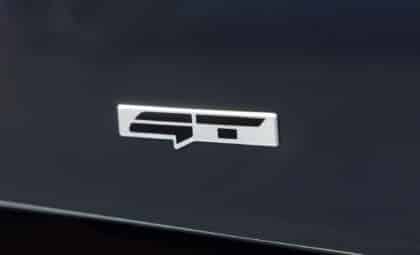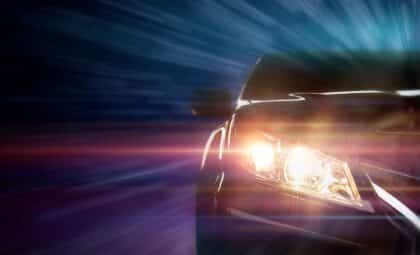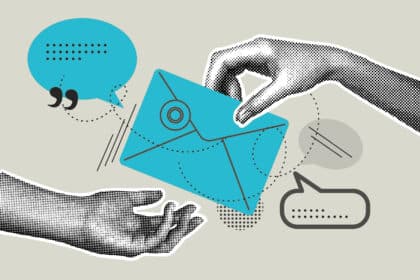New York City is stepping up to tackle traffic jams and pollution with a congestion pricing system. But the plan is running into a problem: so-called ghost cars. These vehicles pull all sorts of stunts to dodge toll cameras, which not only messes with the pricing system but also raises public safety concerns.
Ghost cars on the rise and their dodging tricks
As the city gears up for congestion pricing, more ghost cars are taking advantage of loopholes to skip paying tolls. They get crafty by using fake license plates, tinted covers, or even mechanical devices to hide their plates. Some drivers swap plates between vehicles or use expired ones, making it even harder to catch them.
City officials are worried as these sneaky tactics become more common. With the new pricing set to roll out soon, it’s getting more and more important to enforce the rules. If ghost cars keep slipping by, they could endanger the funding and trust that the pricing system depends on.
Teaming up and cracking down
In response, a special task force has been created, bringing together the NYPD and the Department of Sanitation. Their job? To track down and pull illegal vehicles off the city streets. By going after ghost cars, they aim to keep the system running smoothly and the streets safe.
Transportation Commissioner Ydanis Rodriguez and NYPD Commissioner Jessica Tisch have introduced new moves to fight ghost cars. For example, the city is beefing up its list of banned obstructions to include anything that hides a license plate—even something as simple as mud. Drivers caught breaking this rule will face penalties starting at $50, with fines reaching up to $500 under state rules. This hands-on approach is meant to discourage offenders and make sure every vehicle does its part in easing traffic congestion.
Getting the public involved and checking the numbers
Since Mayor Eric Adams took office, over 73,000 ghost and unregistered vehicles have been ripped off the streets. This impressive number shows the city’s determination to tackle the problem head-on. Plus, a public hearing is set for February 6, giving New Yorkers a chance to share their thoughts on even tougher enforcement.
Ghost cars aren’t a one-size-fits-all problem—some lack license plates entirely, while others show off fake ones or plates borrowed from other cars. When officers pull these vehicles over, they sometimes uncover even bigger issues, like drivers carrying firearms or fleeing after a crash. In some cases, ghost cars have links to robberies and trafficking. To deal with these situations, new tracking tools are being put to use to catch ghost cars and nab repeat offenders.
State moves to make roads safer
Alongside local action, New York state is also stepping in to boost road safety. The DMV has put forward a new point system scheduled to kick in February 2026, which will slap heavier penalties on reckless drivers. For instance, a DWI will add 11 points to a driver’s record—enough to trigger a suspension. Speeding in school or construction zones will result in an 8-point penalty. Additionally, the DMV wants to extend the period for license suspensions from 18 to 24 months, ensuring tougher consequences for dangerous behavior.
Commissioner Ydanis Rodriguez said, “Drivers who hide their license plate act like they’re above the law and put everyone at risk.” This shows how serious the city is about keeping its roads under control and making them safer for everyone.
New York City’s push against ghost cars is a major effort to ensure that congestion pricing delivers on its promise: less traffic and cleaner air. By combining strict enforcement with public input, the city hopes to set an example for other urban areas dealing with similar challenges.









